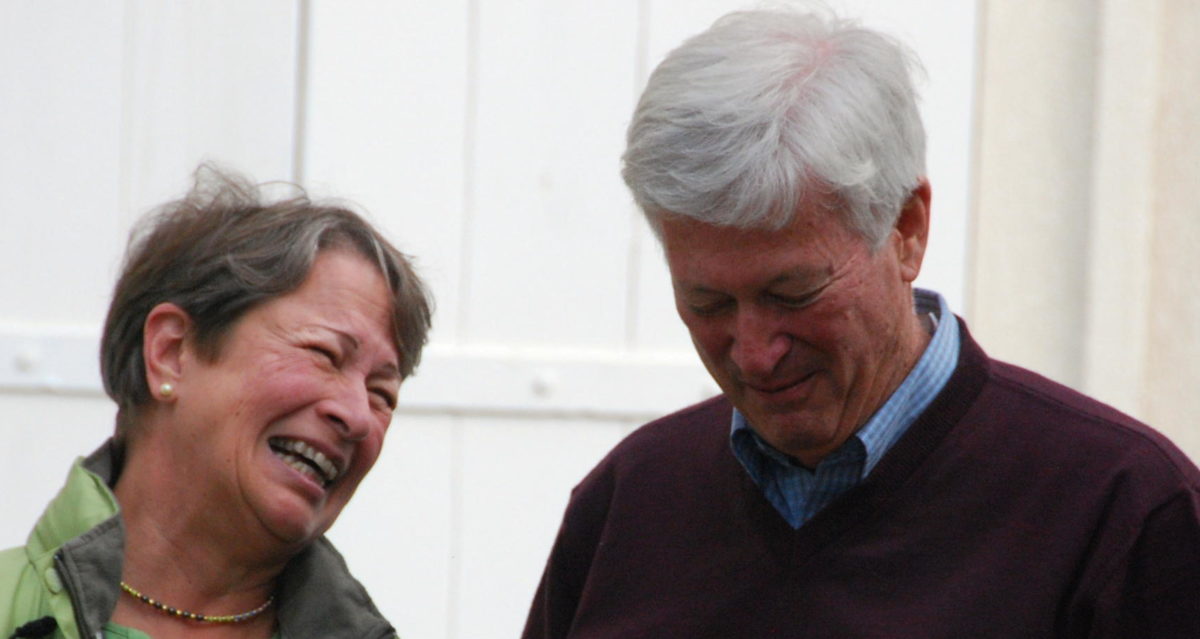When we left Paris, we picked up our zippy little red Peugeot 208 (which had only 2km on it…)! Through a long-term lease through AutoEurope, this will be ours until we turn it in Dec 4 in Lisbon. Love that new car smell…

Our first base in the Dordogne was Sarlat-la-Canéda, a pedestrian-only town that attracts a lot of tourists, but doesn’t feel overrun (except, perhaps, in July & August) where everything was walkable from our 500-year-old building right in the middle of town.
This is a Medieval town that was gussied up in the 15th century with a lot of Italian Renaissance-style buildings constructed of limestone and situated on cobblestone lanes.

Everywhere you look you see a cacophony of rooftops,

many made of stones fitted into a strong wooden frame with small openings to encourage the lichen to grow and seal up the spaces between stones.

There is a wonderful Market on Saturday and Wednesday (smaller) featuring fresh produce, walnuts & hazelnuts, local cheeses – Cabécou (goat medallions), St Nectaire, and EVERYTHING goose or duck – magret (breasts), confit (usually legs & thighs), and , of course, foie gras!

From our base, we explored several nearby towns. Montfort has a castle that you can’t tour…rumored to belong to the brother of the emir of Kuwait. Domme, situated atop a cliff above the river, has killer views and an underwhelming cave. We hope to find cave paintings at one of the nearby Cro-Magnon caves as we move on.

La Roque-Gageac is a charming one-street town right on the Dordogne River. Apparently, it often floods in the winter and early spring so the ground floor of every building is designed to be emptied after the tourist season, and everyone moves upstairs.

Another way to see the Dordogne is by canoe. The 9-mile trip Vitrac to Beynac on a nice sunny day was an energetic end enjoyable paddle

with some spectacular scenery.

We were happy to turn in our paddles in Beynac and then had about an hour to explore the village. This entailed hiking uphill to the castle, giving our legs some equality of exercise with our arms. We climbed to the ramparts and looked down at the river that had brought us there…

One thing for which the Dordogne region, also know as Perigord, is famous is Foie Gras. In some places we’ve visited, we tour the vineyards. Here we went to a Goose Farm, specifically Elevage du Bouyssou. Nathalie Mazet explained how they raise the geese from chicks, and the process of feeding them so they will produce both excellent meat and tasty livers. We saw the younger geese out in the field

and watched the evening gavage, which, honestly, the geese didn’t seem to mind. We have also enjoyed consuming foie gras frequently during our stay in the area.
Our second base of operation in the Dordogne, Beaulieu-sur-Dordogne, is about 90 minutes east of Sarlat. We chose this village, in part, because our friends, Julie & Alain Tavé, live here when they are not in Saint-Germain-en-Laye outside Paris. We were happy to reconnect with them at lunch in Meyronne and again at their home for dinner.
Our Airbnb here is also in an ancient (1400s) half timber building. Our host, Laura, has not only restored the building…pretty much by herself (!), but has constructed 3 modern apartments inside while preserving as much of the interior charm (beams, stonework, etc.) as possible.

From Beaulieu, we ventured out to Rocamadour and several places in the Lot River Valley. Rocamadour is a town built right into the rock face. The bottom level is a small medieval village that, from the 12th to the 14th century, served the needs of the many pilgrims (by some accounts, 20,000/day!) who came to visit its Sanctuary.

The Sanctuary, 223 steps above the town, is a series of chapels that look as if they are growing out of the rock.

Walking up from the Sanctuary along a switchback trail, you pass 14 Stations of the Cross before reaching a chateau/castle on a level above that was built to protect the valuable relics in the sanctuary.

I mentioned earlier that the cave in Domme was a disappointment. Our next cave experience was a definite upgrade! On our visit to Grotte du Peche Merle,

we saw some remarkably preserved prehistoric cave paintings

Our French guide, who spoke no English, made certain to pull us aside to point out the sights that he had explained in French, and we were given an very good written English explanation.
We know Cahors as a place that produces some excellent Malbec wines. But we didn’t know until we went there that it also has the oldest (intact) fortified bridge in Europe.
Visiting Martel and Carennac was made much more enjoyable and interesting by helpful walking-tour pamphlets provided by the Tourist Information Office in each town. In Martel, we discovered a door-knocker that was placed at a level where it could be easily reached by a man on horseback…it was a stretch for me!

In Carennac we found an old home that reminded us of a fairy-tale castle.

Two villages that compete for the prettiest town in France are Loubressac and Autoire. We vote for Loubressac, a well-maintained and prosperous looking village that is perched on top of a ridge with some of the best views in the area.

Our next stop is Arles, where we’ll really settle in. We’re planning to be there for a month and look forward to welcoming Andy during the first week of November.
